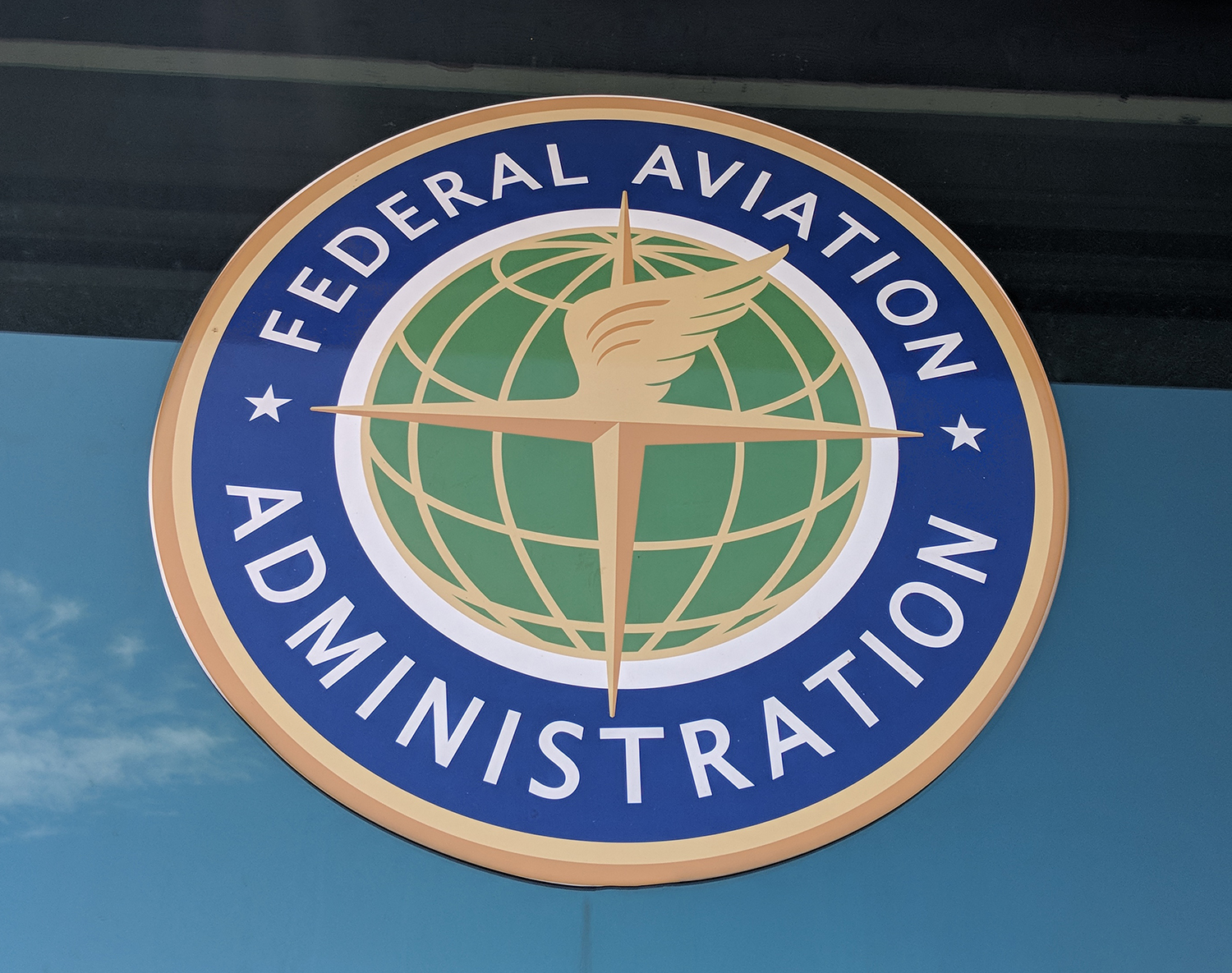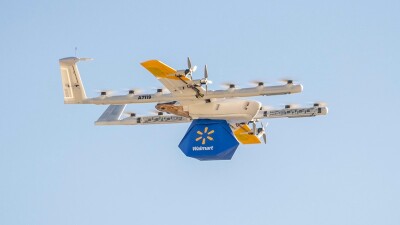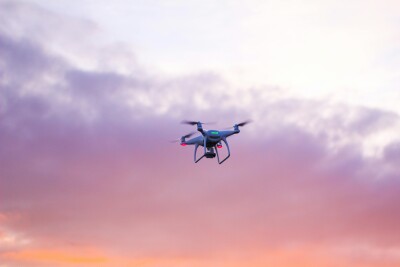The FAA recently announced an extension for enforcing its Remote ID requirement, pushing back the deadline by six months to March 16, 2024.
The original deadline was supposed to be just a week after Commercial UAV Expo, our annual conference. Remote ID was one of the biggest topics of the event, with many saying they felt more time was needed for drone pilots to be able to comply.
The FAA was listening. At the conference, David Boulter, Associate Administrator for Aviation Safety at the FAA, shared that the agency was exploring avenues for “Remote ID relief.” Not long after, the FAA made an official announcement that drone pilots would be given an additional six months beyond the original September 16 deadline to provide time for compliance.
But why did the FAA make the extension? This article covers the four main reasons.
Extension for Enforcement, Not Compliance
Rather, it has extended the deadline for enforcing compliance.
“The deadline for drone pilots to comply with Remote ID has not changed. Drone pilots are still expected to comply with the rule, however we understand that for a variety of reasons they may not be able to.” -
If you find this confusing, you’re not alone.
Here’s the big picture takeaway:
- The Remote ID requirement went into effect as scheduled on September 16, 2023.
- However, if you can’t comply then you have six months to be compliant.
- BUT—if you can comply and simply choose not to, then you might be opening yourself to fines and suspension or revocation of your remote pilot certificate.
Bottom line, do your best to comply as soon as you can. But if you really can’t, don’t worry—you have until March 16, 2024 to become compliant.
Wondering who Remote ID applies to? Basically everyone. Whether you’re flying a drone for wedding photography, surveying, or just for fun, you need to be compliant.
Or, as the FAA puts it: “Drones which are required to be registered or have been registered, including those flown for recreation, business, or public safety, must comply with the rule on Remote ID.”
Four Reasons the FAA Extended the Deadline for Remote ID Enforcement
“. . . the FAA recognizes the unanticipated issues that some operators are experiencing finding some remote identification broadcast modules.”
While it’s true that Remote ID broadcast modules have been hard to come by recently, it’s not the only reason for the extension. Keep reading for more information on all the reasons an extension made sense.
1. Broadcast Modules are Sold Out
In his September 5 address at Commercial UAV Expo, Brandon Roberts, Executive Director at the FAA’s Office of Rulemaking, emphasized that the FAA wouldn't penalize operators who genuinely want to comply but are "simply unable to secure a module."
Before we continue, let’s take a short detour to explain what a Remote ID broadcast module is.
The first thing to know is that, for general flying, there are two ways drone pilots can be compliant with the Remote ID requirement:
- Fly a drone that is natively compliant, either because it was manufactured that way or because it was made that way via a firmware update.
- Attach a broadcast module to the drone.
The first way to be compliant applies to most drones. But there are still some models that are old and unsupported by the manufacturer, leaving them with no Remote ID firmware update.
For these drones, a broadcast module is the only way to ensure compliance. And there are a fair amount of pilots out there who needed broadcast modules to make their drones compliant—but none were available.
Despite being well aware of the looming deadline—and using it to drive sales—the companies that make these modules didn’t seem to anticipate just how much demand there was going to be. As a result, as September 16 approached, many of them began announcing that they were out of stock and wouldn’t be back in stock until well after the deadline.
2. Manufacturers are Behind on Firmware Updates
But not all drones have received these updates. Even popular models like DJI’s Phantom 4 RTK and Mavic 2 Enterprise only received firmware updates within the last few weeks—that is, after the original deadline.
The FAA tried to anticipate these kinds of delays from manufacturers by mandating that:
- Drones made on or after September 16, 2022 had to be natively compliant.
- Drones made before September 16, 2022 that were not natively compliant had to be made compliant via firmware updates, as possible.
Despite these requirements, some companies are still behind in getting out firmware updates for all of their drone models. These delays were a contributing factor in the decision to delay the Remote ID enforcement rollout.
3. FAA Delays with FRIA Approvals
Above we covered the two ways you can be compliant with Remote ID for general flying (i.e., fly a drone that is natively compliant or that has a broadcast module attached to it).
But there is a third way, and that is to fly in an FAA Recognized Identification Area (FRIA). A FRIA is an area where you can fly without the need to use any kind of Remote ID technology at all. However, you can only fly in a FRIA for recreational purposes (no Part 107 operations allowed).
Leading up to the September 16 deadline, the FAA has been backed up in processing FRIA applications. As of August 18, the FAA had granted approvals for only 412 FRIA submissions, with 1,206 applications left to consider—and more coming in every day.
The FAA has acknowledged these delays in an update to its Remote ID page, where an announcement about the extension reads: “The FAA understands that some drone pilots may not be able to comply because . . . [a] lack of approved FAA-Recognized Identification Areas.”
4. FAA Delays with Processing Declarations of Compliance
Drone companies are required to present DOCs to the FAA for all of their drones that are compliant. And drone pilots are responsible for confirming that their drone has a DOC in order to ensure they’re compliant with Remote ID. (See if your drone has a DOC on the FAA’s website.)
But the FAA has reportedly been behind in processing DOCs, which could mean that a given drone model is compliant but isn’t yet officially recognized as such. These delays are a fourth reason it made sense for the FAA to extend enforcement.
What’s Next for Remote ID?
But our advice is: Don’t wait.
Get started now with figuring out how you’re going to be compliant so that when the new deadline comes, you’re ready.
About the author: Zacc Dukowitz has been reporting on the drone industry since 2016, when he first began writing for UAV Coach. He is the former Senior Communications Manager at Flyability and is still a contributing writer at UAV Coach, where he has written hundreds of articles on US drone regulations and commercial drone operations.
Zacc Dukowitz has been reporting on the drone industry since 2016, when he first began writing for UAV Coach. He is the former Senior Communications Manager at Flyability and is still a contributing writer at UAV Coach, where he has written hundreds of articles on US drone regulations and commercial drone operations.
















Comments